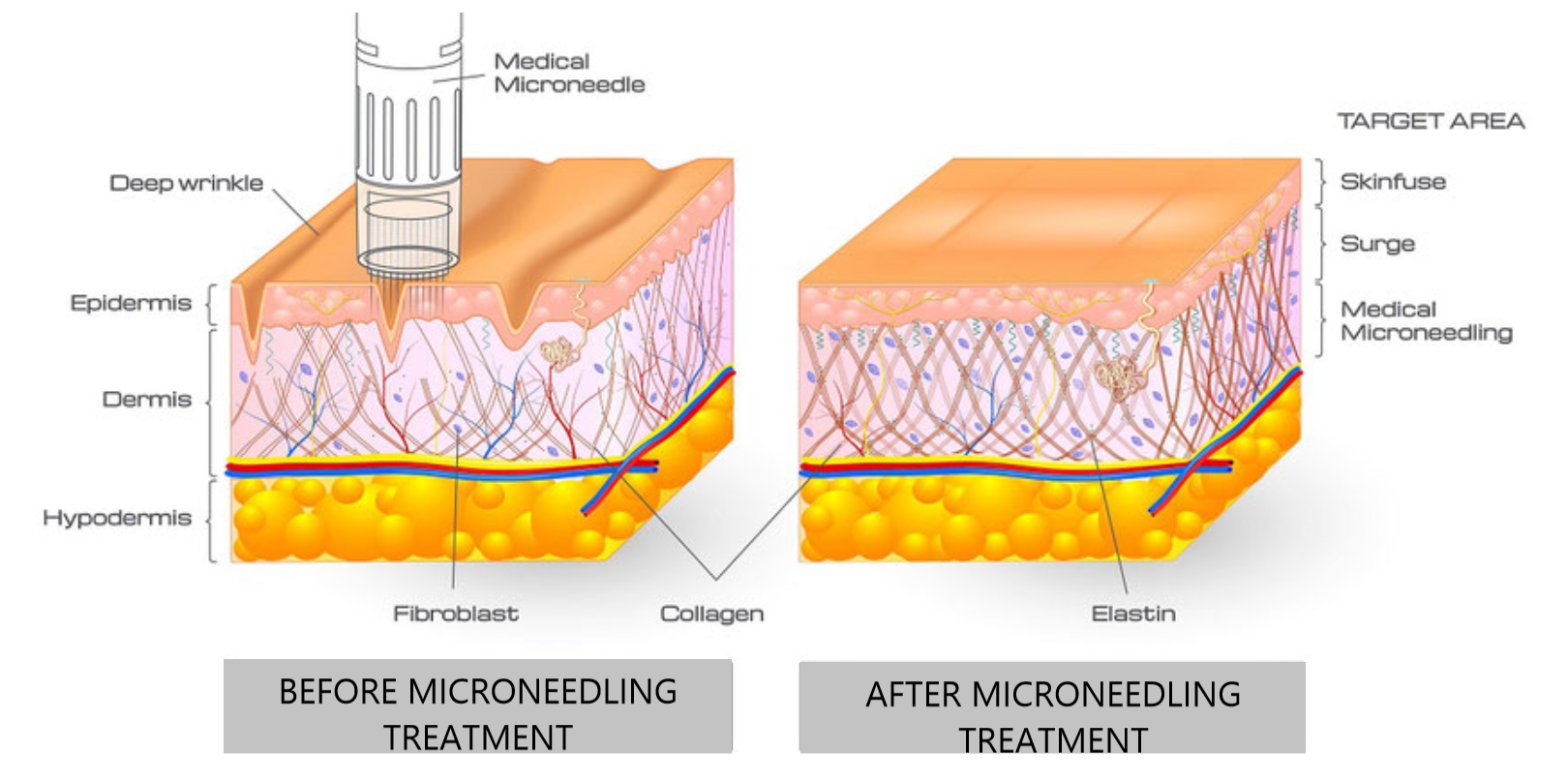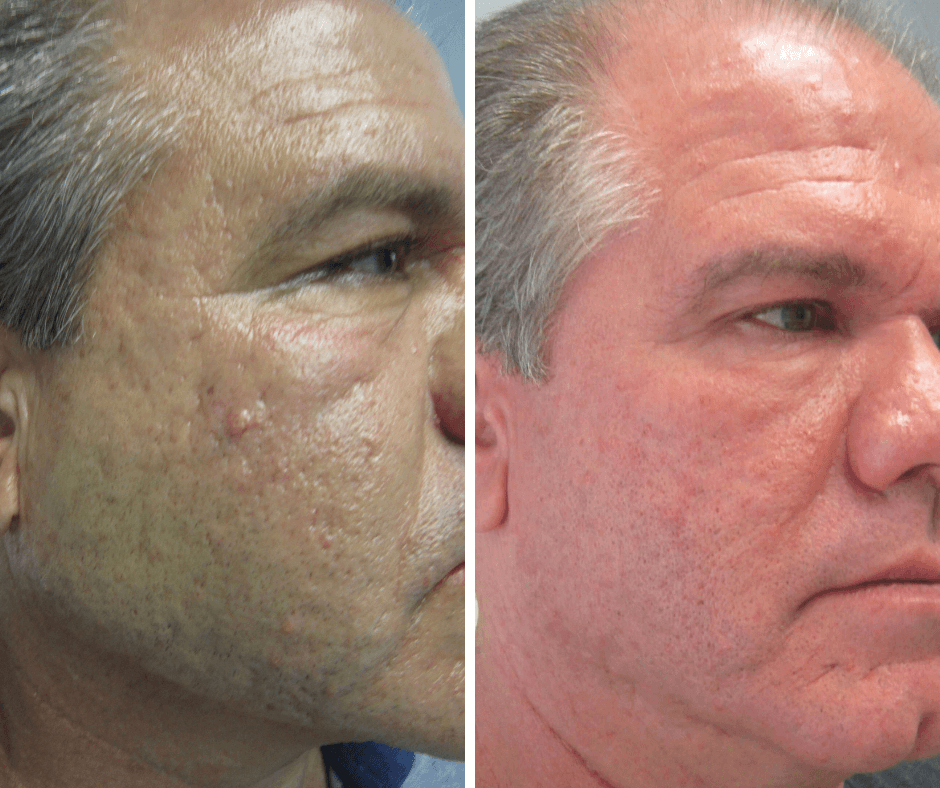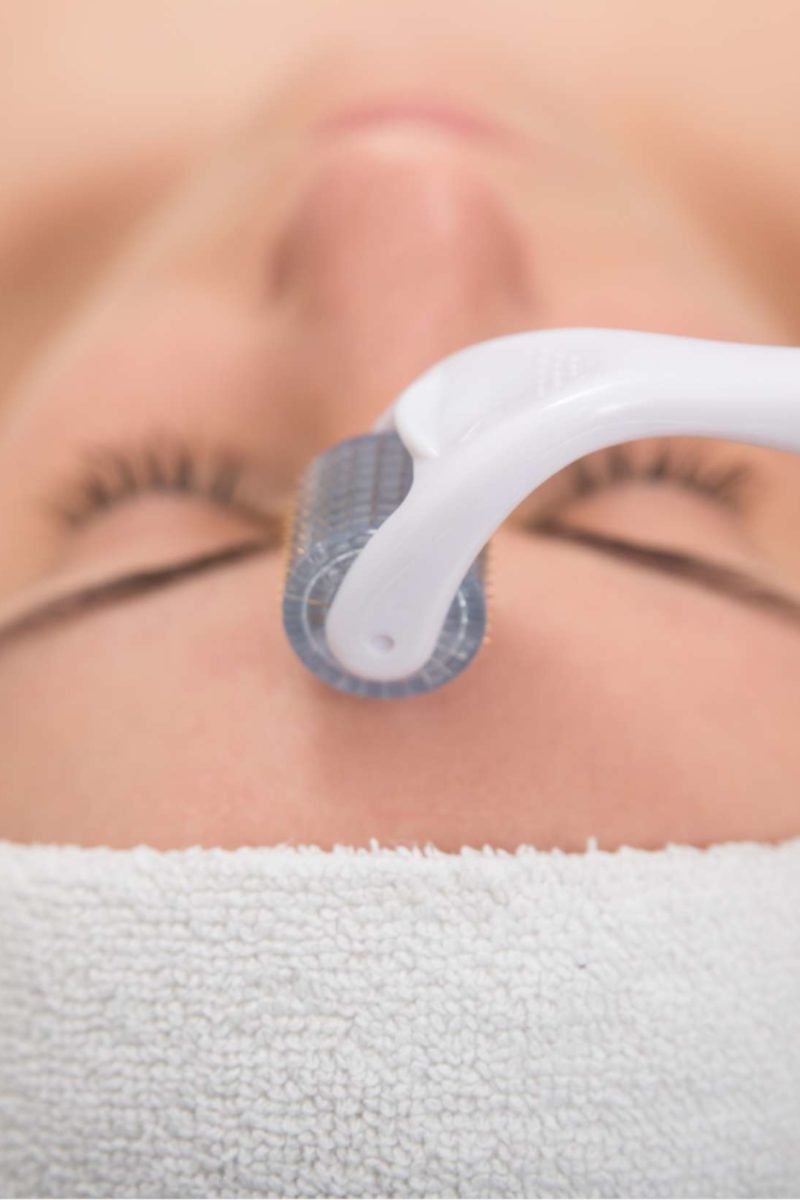Table Of Content

When comparing MN with cryotherapy, Aboeldahab et al. found significant increases to hair counts and hair densities across both interventions, with MN demonstrating greater changes to SALT scores versus cryotherapy [28]. Conversely, Abdallah et al. found that triamcinolone acetonide injections with and without 5% intradermal minoxidil led to greater improvements to SALT and LAD scores versus controls than MN alone [30]. In this systematic review, we investigate the use of MN as a standalone, adjunct, and comparator therapy on hair loss disorders. We evaluate patient populations, interventions, comparators, MN procedures, outcomes, and adverse events—as well as evidence quality using Jadad scoring. We discuss possible mechanisms by which MN may improve hair loss disorders as a monotherapy and an adjunct intervention.
Microneedling Safety and Side Effects
Therefore, to get similar results to professional clinics, try to ask a family member or a friend for help. The most common side effect of microneedling is redness and mild swelling of the scalp, which usually resolves within a few hours to a day after treatment. Some patients may also experience mild pain or discomfort during the procedure, but this can be managed with topical numbing cream or local anesthesia. The choice of needle depth depends on the desired treatment and the area being targeted. Deeper needling may require disinfection of the area before treatment, which can be achieved using a betadine solution or aseptic spray. After microneedling, it is advisable to wait at least six hours before washing your hair.
What Is Collagen Induction Therapy?
The results of this study show that Microneedling is a safe and a promising tool in hair stimulation both for male and female AGA and also is useful to treat hair loss refractory to Minoxidil therapy. We opine that Microneedling procedure should be offered to patients with AGA along with the existing therapeutic modalities for faster hair re-growth and better patient compliance. Compared to microneedling, Dr. Kinler says KeraLase is easier to tolerate, particularly in the sensitive areas of the scalp, such as the front hairline and the sides of the head. The treatment may sound like it's all pain and no gain, but microneedling for hair loss does come with a few benefits.
Performing Microneedling for Hair Loss at Home
It’s essential to consult with a healthcare professional or a licensed dermatologist to determine the suitability of microneedling for a specific type of alopecia and to develop a personalized treatment plan for optimal results. When incorporating microneedling with regenerative treatments, it is generally recommended to inject the regenerative therapy first, followed by microneedling or derma rolling. The microneedling process involves stamping the treated area, while derma rolling follows a rolling technique. Individuals with long hair who choose to derma roll are advised to stamp the area to minimize hair pulling and breakage. Microneedling is seen as an incredibly safe, well-tolerated, non-invasive procedure for the treatment of many dermatological conditions.

How Microneedling for Hair Loss Works
The study involved 100 patients, and after 12 weeks of treatment, those who received the microneedling and minoxidil combination had significantly greater hair growth compared to those who only received minoxidil. The researchers concluded that microneedling could enhance the efficacy of minoxidil in treating hair loss. A study published in the Journal of Cutaneous and Aesthetic Surgery in 2013 found that microneedling was effective in treating androgenetic alopecia, a common form of hair loss. The study involved 100 patients, and after 12 sessions of microneedling, 82% of them reported improvement in their hair loss. The researchers concluded that microneedling could be a safe and effective treatment for androgenetic alopecia.
Hair loss treatment isn’t one-size-fits-all
People typically use microneedling to treat scars, hyperpigmentation, and stretch marks. You’ll likely need multiple sessions or complementary treatments to maintain the results. The doctor will work with you to develop a plan of action based on your individual goals. According to estimates by Dermapen, microneedling may cost anywhere from $200 to $800 per session, depending on the treatment needed.
They can give you a correct diagnosis and recommend options that work for your specific needs. People experiencing female pattern baldness may also notice a general thinning of hair on the top of your head, but hair loss typically won’t occur on the front of your scalp, per Harvard Health. According to the American Academy of Dermatology, it’s completely normal to shed anywhere between 50 to 100 strands of hair per day.
Microneedling (MN) is a minimally invasive procedure involving the induction of percutaneous wounds with medical-grade needles. In this literature review, we investigate clinical data on MN for the treatment of hair loss disorders. When it comes to microneedling for hair loss, doing it more often isn't necessarily better. Doing scalp microneedling too often increases the risk of adverse side effects such as infection or scarring. Microneedling—which is sometimes called collagen induction therapy—is a minimally-invasive procedure that involves using tiny needles, or microneedles, to make shallow, repetitive punctures into the skin.
Derma Roller for Hair Growth: Hair Expert Details How It Works - First For Women
Derma Roller for Hair Growth: Hair Expert Details How It Works.
Posted: Mon, 11 Dec 2023 08:00:00 GMT [source]
What to Expect During a Microneedling Treatment
Topical Minoxidil Plus Microneedling Effective in Androgenetic Alopecia - Dermatology Advisor
Topical Minoxidil Plus Microneedling Effective in Androgenetic Alopecia.
Posted: Fri, 20 Oct 2023 07:00:00 GMT [source]
The process of creating micro-wounds not only aids skin regeneration but also can rejuvenate hair follicles, potentially leading to new hair growth. This makes microneedling a promising option for those experiencing pattern hair loss. Overall, microneedling for hair loss is considered a safe and effective treatment option for many patients. However, it is important to discuss any potential risks and side effects with a qualified healthcare provider before undergoing the procedure.
Professional microneedling devices for hair loss are calibrated to puncture scalp skin more deeply. The needles must be long enough to reach a hair follicle niche called the bulge region that contains growth-boosting stem cells. If your provider recommends applying a topical hair growth treatment, you'll wait 24 hours after the procedure to do so, as the retinoic acid in those products can cause irritation if applied before the scalp is healed, says Dr. Kinler. You'll also want to ditch the shampoo, conditioner, and alcohol-based hair products for two to three days following a microneedling treatment, she says. "We want to give the skin a chance to heal, and we don't want to introduce anything that may be detrimental to that," she explains.
Some studies recommend doing it once a week, while others have found results with monthly sessions. Because longer needles cause deeper micro-wounds that take more time to heal, the frequency between treatments should be spread out to accommodate the healing process. Given the potential risks and the availability of "superior" hair loss treatments, Dr. Kinler generally steers clear of microneedling for hair loss or thinning. Instead, she often recommends KeraLase, a laser treatment available at dermatologists and hair restoration clinics that creates those same beneficial microchannels by disrupting the water bonds in your scalp — no needles required. "It doesn't disrupt the hair follicle, it doesn't disrupt the bulb, and it doesn't disrupt the external hair shaft," she says. "...It's a very popular treatment that we offer, and we don't see any of that risk of damaging the external hair or the hair follicle. We don't see any patchy hair loss or permanent hair loss with this treatment."
Learn about the latest hair growth research, new hair loss treatment solutions, and much more. In the United States, the FDA has not approved microneedling as a treatment for hair loss. Still, it’s a promising alternative for those who have tried conventional therapies. Microneedling is still new to the world of dermatology and research into its effectiveness is ongoing. Those studies that have been done, however, are showing microneedling to be an effective treatment option for alopecia, wrinkles, aging skin, and scars. One of the benefits of using a dermapen is increased precision, as needles can be adjusted to different lengths.
Out-of-pocket costs for microneedling can range from an estimated $200 to $700 per session. Your healthcare provider will apply a topical anesthetic to your scalp about 45 minutes prior to treatment. On the whole, it’s important that you speak with your doctor about any symptoms you’re experiencing. A dermatologist can provide a proper diagnosis, and select a personalized treatment that will help restore health to you hair and scalp.
However, two of the subgroups were a part of split-scalp studies assessing MN versus PRP injections or topical growth factor solutions [20, 27]. Therefore, the possibility of percutaneous treatment diffusion across scalp zones cannot be discounted. With proper application, professionally administered scalp microneedling with a medical-grade dermaroller or dermapen can work for many people with certain types of hair loss.
In the early 2020s, limited high-quality human research with large sample sizes was performed to investigate the "before and after" results of microneedling as a stand-alone treatment (monotherapy). Dermaroller along with Minoxidil treated group was statistically superior to Minoxidil treated group in promoting hair growth in men with AGA for all 3 primary efficacy measures of hair growth. Microneedling is a safe and a promising tool in hair stimulation and also is useful to treat hair loss refractory to Minoxidil therapy. (1) Hair counts – The mean change in hair count at week 12 was significantly greater for the Microneedling group compared to the Minoxidil group (91.4 vs 22.2 respectively). (2) Investigator evaluation – Forty patients in Microneedling group had +2 to +3 response on 7-point visual analogue scale, while none showed the same response in the Minoxidil group.
In mid-to-late stages of miniaturization, perifollicular fibrosis is often observed and may reduce the effectiveness of both systemic and topical AGA treatments [37]. Similarly, CRP employs cells from the patient’s own body, such as adipose-derived stem cells, to foster tissue regeneration and activate the follicles. Microneedling for hair loss, also known as microneedle therapy or microneedle roller treatment, involves the use of tiny needles to create micro-injuries on the scalp.












